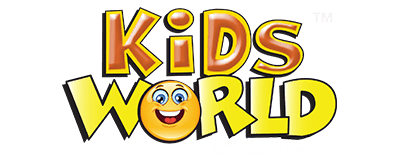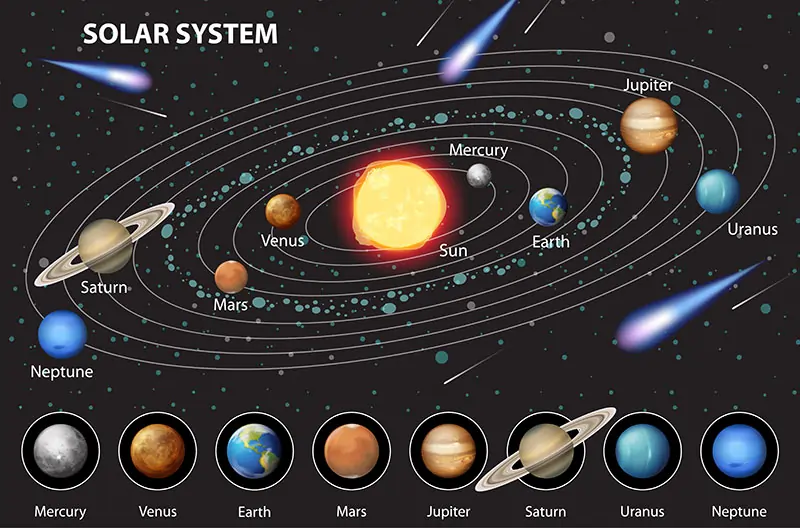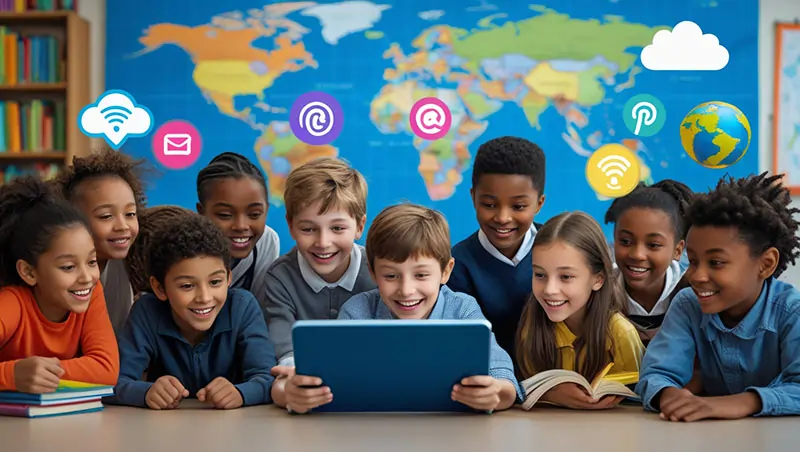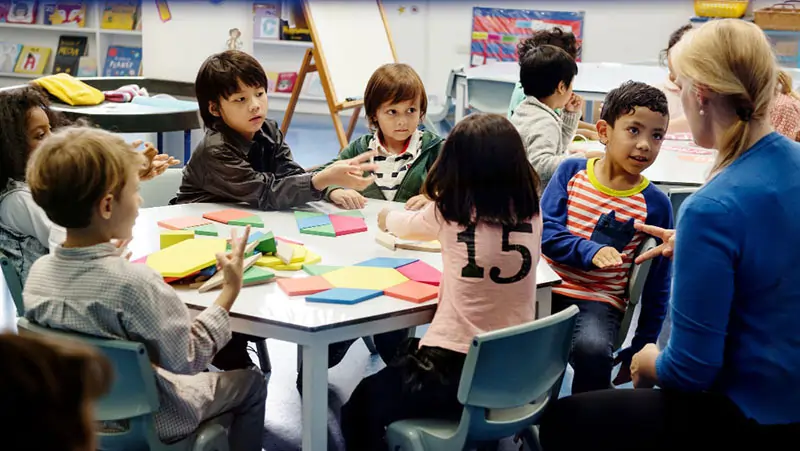The Solar System Explained for Kids: Planets, Moons, and More
Kids can have a lot of fun and excitement learning about the solar system as they travel through planets and space. There is so much to see and do, from hot volcanoes on Venus to cold winds on Neptune. With charts, diagrams, and activities, this guide will help young learners learn about the amazing things in our solar system.
1. What is the Solar System?
Our cosmic neighborhood is the solar system. It has:
- The Sun, which is a big, hot star.
- 8 planets and their moons.
- Asteroids, comets, and dwarf planets.
The Sun’s gravity pulls everything in the solar system toward it, so everything orbits it.
2. Overview of Planets and Their Order
Let’s take a quick trip through the planets and space!
| Planet | Order from Sun | Key Features |
| Mercury | 1st | Smallest planet, no moons |
| Venus | 2nd | Hottest planet, thick clouds |
| Earth | 3rd | Our home, has one moon |
| Mars | 4th | The “Red Planet”, dusty with volcanoes |
| Jupiter | 5th | Largest planet, has 95+ moons |
| Saturn | 6th | Famous for its rings |
| Uranus | 7th | Spins sideways, icy giant |
| Neptune | 8th | Windy and cold, farthest from Sun |
? Mnemonic for Kids:
My Very Educated Mother Just Served Us Noodles
3. Moons, Asteroids, and the Sun
The Sun
- A huge star made of burning gas.
- Gives all planets light and heat.
Moons
- Moons go around planets.
- Earth has one moon, but Jupiter has more than 95!
Asteroids and the Asteroid Belt
- Rocky objects are mostly found between Mars and Jupiter.
- The region is called the Asteroid Belt.
4. Fascinating Space Facts
| Fun Fact | Did You Know? |
| The Sun is over 4.6 billion years old! | That’s older than dinosaurs. |
| Venus spins backwards. | It’s the only planet to do so! |
| A day on Venus > a year on Venus! | One spin takes longer than an orbit. |
| Mars has the tallest volcano. | Olympus Mons—3 times taller than Everest. |
| Neptune’s winds blow at 2,100 km/h! | That’s faster than a jet airplane. |
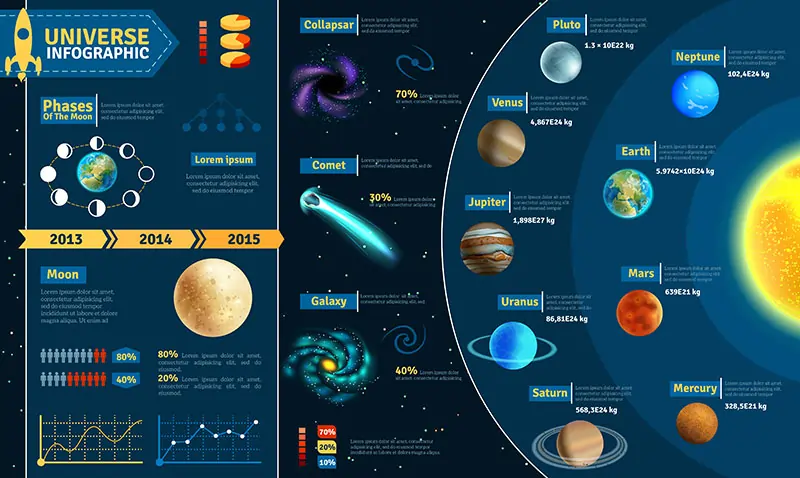
5. Printable Worksheets and Activities
Doing things makes learning more fun! Give these a try:
Ideas for Worksheets:
- Put the planet with its facts
- Put labels on the diagram of the solar system
- Find words like “asteroid,” “orbit,” “comet,” and so on.
| Activity | Description |
| Planet Matching | Match names to planet images |
| Space Crossword | Solve clues related to planets and space |
| Coloring Sheet | Planets and moons to color |
| True or False Quiz | Fun review activity |
| Cut and Paste Planets | Arrange in the correct order |
? Download your free worksheet set here: Solar System Worksheets – PDF
6. How to Build a Model Solar System
Making a model solar system is a fun way to learn.
What You Need:
- Different sizes of foam balls
- Different colors of paint
- String or sticks
- Glue
- Labels
Steps:
- Color each foam ball to look like a planet.
- Put the planets in order on a stick or string.
- Put labels on each planet.
- You can also hang your model from the ceiling!
Tip for distance: Space is huge! So make sure the planets are far apart to show how far apart they are. For instance:
| Planet | Relative Distance (from Sun) | |
| Mercury | 0.4 AU | |
| Earth | 1 AU (our reference point) | |
| Neptune | 30 AU | |
1 AU = Distance from Earth to Sun (~150 million km)
7. Review and Quiz
Quick Review:
- The Sun, eight planets, moons, and space rocks make up the solar system.
- The Sun has a certain order in which planets orbit it.
- Some planets have a lot of moons, while others have none.
- Mercury is the smallest, and Jupiter is the biggest.
Mini Quiz:
Q1. What is the name of the planet that is 4th from the Sun?
A. Mars
Q2. What planet is famous for its rings?
A. Saturn
Q3. What does AU mean in space?
A. Astronomical Unit
Q4. What planet is known as the “Red Planet”?
A. Mars
Q5. Yes or No: The Sun is a star.
A. False (It’s a star)
Related reading: Science Quizzes for Kids
8. Additional Learning Resources
Here are some books, videos, and websites that can help you learn more:
| Resource Type | Title/Link | Description |
| Book | There’s No Place Like Space by Dr. Seuss | A fun planet book for young readers. |
| Video | NASA Kids YouTube Channel | Space animations and experiments. |
| Website | NASA Space Place | Games, facts, and printable sheets. |
| Website | Kids World Fun – Planets & Space | Stories and facts for children. |
9. FAQ – Frequently Asked Questions
Q: Which planet is closest to the Sun?
A: Mercury is the planet that is closest to the Sun.
Q: Is it possible for people to live on other planets?
A: Not yet! Earth is the only planet where people can live, but scientists are looking into Mars.
Q: What are the planets that are very small?
A: Smaller bodies that orbit the Sun, like Pluto, but don’t meet all the rules for planets.
Q: How many moons does the Earth have?
A: There is one moon on Earth.
Q: Are there other solar systems?
A: Yes! There are billions of stars in our galaxy, and many of them have their own planets.
Final Words
When kids learn about the solar system, they can see how big and amazing planets and space really are. Space is full of mysteries and excitement, like blazing suns, icy planets, spinning moons, and flying asteroids. So keep looking up, asking questions, and learning more about the stars.
